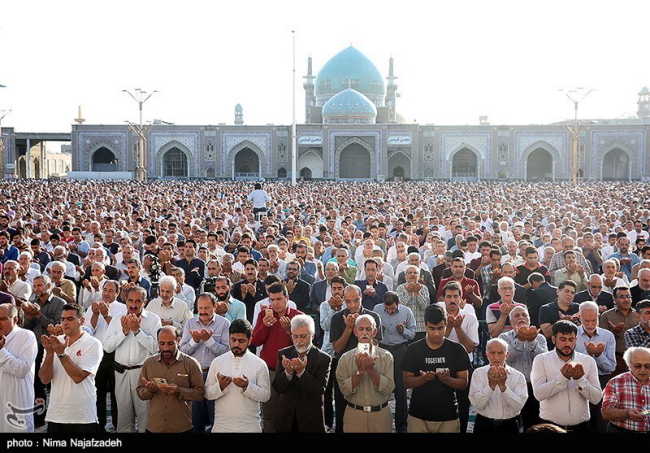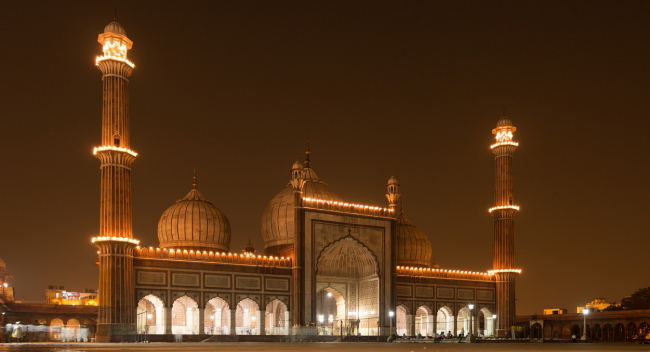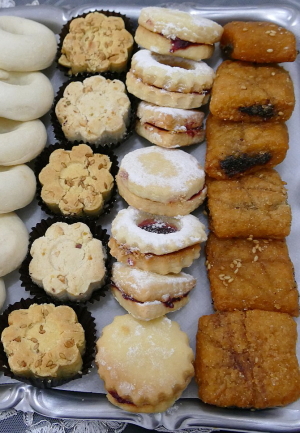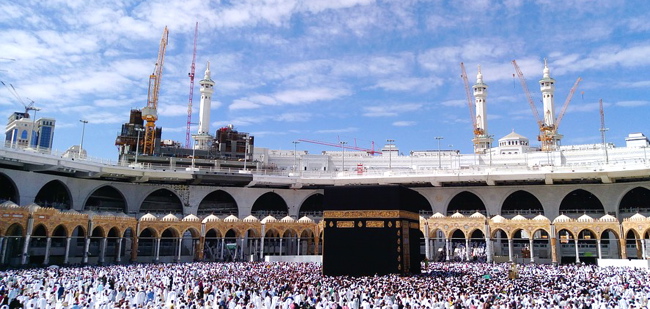SUNSET SUNDAY, MAY 1 or SUNSET MONDAY, MAY 2 (date may vary by country and moon sighting): The official date for the enormous celebration of the end of Ramadan, Eid al-Fitr, will not be announced until April 30 in many Muslim-majority countries and by the Saudi Arabian moon-sighting committee, but followers of the Islamic faith are expecting to usher in the Feast of the Breaking of the Fast at sunset on Monday, May 1 or Tuesday, May 2. In several countries, Eid al-Fitr is a multi-day festival, as the Islamic community transitions from the month of Ramadan to the month of Shawwal. (Note: Spellings vary, and you may see the holiday alternatively spelled Eid ul-Fitr, as well.)
Did you know? Eid Sa’id! is a common greeting, meaning, happy Eid!
EID AL-FITR: FROM SUNRISE TO SUNSET
Before sunrise on Eid al-Fitr, Muslims pray, bathe and put on their best clothing. A small breakfast—usually including dates—is consumed before heading to a nearby mosque (or, in some cases, an open square or field). In the mosques, open squares and fields, Muslims pray in unison; following prayers, feasting commences.
Government buildings, schools and businesses close in Muslim countries as everyone visits family and friends, dines on sweet treats and joyfully greets passersby. In many regions, festivities will continue for three days; in some regions, festivities can last up to nine days.
Zakat (charitable giving) has been completed, and many adherents spend ample time enjoying the company of family and friends, attending carnivals and fireworks displays, giving gifts and expressing thanks to Allah.
Did you know? The first Eid was observed by the Prophet Muhammad in 624 CE.
The grand holiday of Eid al-Fitr is referred to in many ways: the Sugar Feast, Sweet Festival, Feast of the Breaking of the Fast and Bajram, to name just a few.
AROUND THE WORLD: FROM THE UK TO ASIA TO AFRICA
With nearly one-quarter of the world’s population observing the Islamic faith, countries around the world are preparing their banks, airlines, shops, business hours and public services for the major holiday.
Unlike most Muslim holidays, which may or may not be observed by all Muslims each year, the two Eid holidays—Eid al-Adha and Eid al-Fitr—are commemorated universally.
In the UK, some of the largest festivals of the year will take place for the Eid holidays.
Did you know?
In Egypt, Eid ul-Fitr is an occasion for neighborhood carnivals; in Asia, a celebratory dish contains toasted sweet vermicelli noodles and dried fruit; in Saudi Arabia, wealthy families buy large quantities of rice and other staples and leave them anonymously on the doorsteps of those less fortunate.
Looking for Eid recipes?
Sweet and savory selections are available courtesy of the BBC. For sweet recipes, check out NPR.org.



